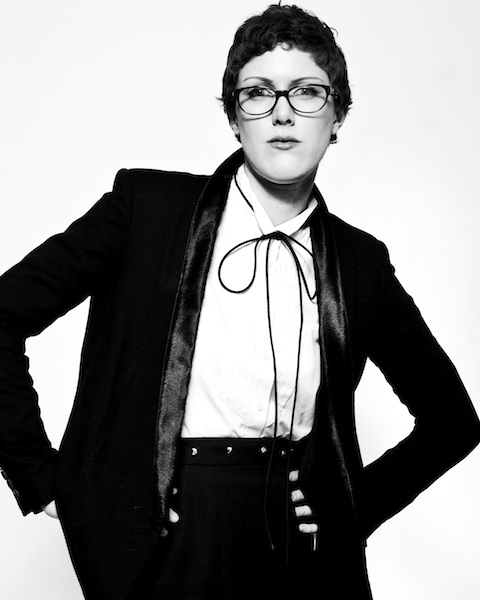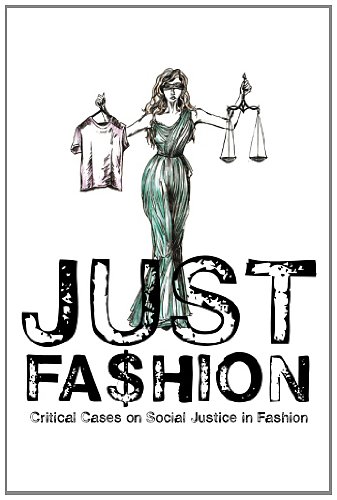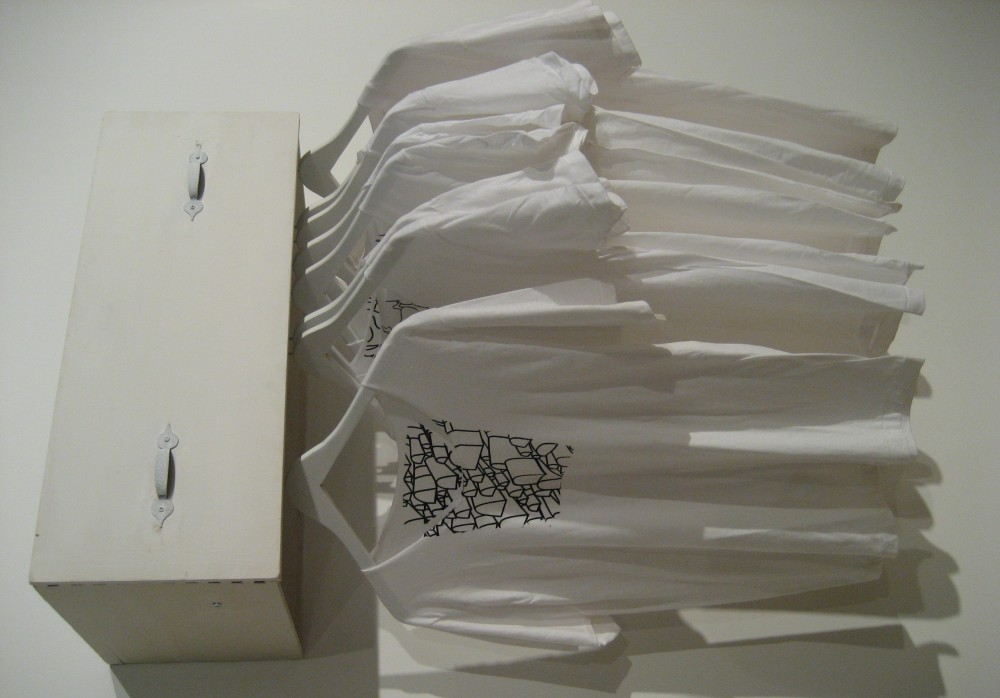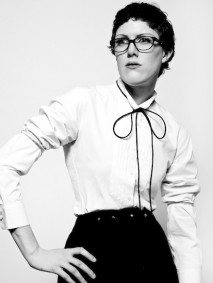
When asked when she graduated from Parsons’ MAFS program, E.P. Cutler doesn’t just simply give the date. Instead, she adds to her 2012 commemoration a phrase that perfectly summarizes the mission of the program: the vanguard class. While she is quite literally an alumna of the very first MAFS class, she exemplifies exactly how influential our students become after two years of rigorous, trailblazing research. In E.P.’s case, she’s climbed the entrepreneurial ladder in the illustrious fashion industry. Her impressive resumé bears titles such as “historian,” “author,” and “lecturer.” Her accolades follow in suit, with mentions on Business of Fashion and, her biggest achievement to date, being featured on a best-sellers list in The New York Times.
Although it might appear that E.P. has certainly reached the top, she is still quite the work in progress. Such is the case for her forthcoming book, Art + Fashion, which will be released in October. Continue reading to find out more about her book(s), the biography she has in the works, her thesis while in our program and her advice to current MAFS students.
What drew you to the program?
I was considering going to London to get an MA in Fashion Studies/Journalism, but wasn’t really ready to leave New York; and then this program opened up–and just seemed perfect! I was hungry to find other people that spoke the language of fashion and were engaging with the discipline at levels of higher education.
What was the title of your thesis?
How did you arrive at that topic and is that topic present in your current work?
I saw this Mert + Marcus photo of Lea T, nude and in the process of transitioning, in French Vogue. It’s beautiful. But, I couldn’t believe they printed it because I just thought, “Society isn’t ready for this.” It was such a stark example of time when fashion was pushing forward tolerance, far ahead of the curve. So, I looked at how certain talk show hosts, journalists, and commenters “handled” Lea T to expose the sociological and problematic realities surrounding gender, as it happened.
You’ve dabbled in various areas of the fashion industry, what’s your biggest achievement to date?
Getting on The New York Times “Fashion, Manners, and Customs” best-seller list; which was quickly followed by the book being in the top 1% of Amazon sales for my first book PANTONE on Fashion: A Century of Color in Design. Primarily, because it signified that people were buying the book–and hopefully some were reading it.
How did you arrive at the topic of your forthcoming book, Art + Fashion?
I’ve always loved “creatives” from different fields (like art + fashion) collaborating. It blurs the lines between the disciplines, which is disruptive in a way, and rebellious. I find it provocative and exciting. The exponential explosion of collaborations in the field of fashion has been stealing headlines for years, but there hasn’t really been a book dedicated to it. While a few books about art and fashion are out there, I was tempted to tackle the topic my way.
What can readers expect to learn from the book?
These collaborations bring together the art and fashion worlds, so art people may learn about fashion and consider it in a new way; and fashion people can learn about artists and their work. And people not immersed in these fields can learn about both!
Who is the other co-author?
Because the book is so gloriously visual with spectacular images, which influenced the text, Picture Editor Julien Tomasello is the co-author.
This isn’t your first book out. How has your experience in publishing works on fashion been so far now that you have two titles under your belt?
As a whole, the publishing industry is struggling and changing. How people read–on a computer, on a Kindle; what they read and how long they read for– is shifting in the digital age. But with that being said, adult non-fiction sells best, and there is a voracious appetite for fashion material globally because, compared to other fields, the market is wide open. Fashion wasn’t taken seriously as a discipline, which actually works toward the advantage of scholars, academics, fashion historians, etc. So, in that way, it’s kind of an exciting race to do research in this field and write about it.
For myself, these two books have given me the courage to pursue a much larger project, my first biography, which I’ll be working on for the next five to ten years. It’s tentatively entitled, “The Beauty and the Terror: The Fashionable Life of Ginette Spanier,” an incredible woman who was the Creative Directrice at the House of Balmain from 1947-1976. I’ve done research in New York and Paris, which I’ll continue and plan to do research on London as well. If anyone knows people who attended one of Ginette Spanier’s book tours (in the US) or were dressed by Pierre Balmain himself, I would LOVE to speak to them!
What advice would you give to other students in the MAFS program?
Squeeze what you want out of the program, utilize the library and archives, and keep betting on yourself.
E.P. Cutler is currently seeking good research interns. If you’re interested, you can send an email to EPCutler@Gmail.com.





